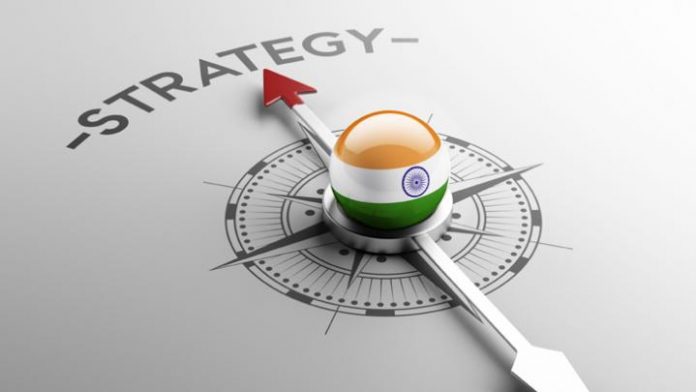The Indian government seeks to promote medical tourism with a four-point strategy on tourism, regulation, accreditation and healthcare. The government will focus on several areas including quality standards, accreditation and visas.
For 2016 the Indian government seeks to promote medical tourism with a four- point strategy on tourism, regulation, accreditation and healthcare.
If the Indian medical tourism industry is to grow at the target rate of 18% a year between 2016 and 2019, healthcare and tourism sectors must work closely together.
The government is focusing on several areas including quality standards and accreditation for hospitals plus easy visa processes to make India a global destination for healthcare where medical tourists have confidence in the Indian healthcare system.
Health secretary BP Sharma explains that the government recognises the need to strengthen the regulatory framework of the healthcare sector. We are bringing in several reforms, and legislation in the next parliamentary session. Accreditation will be extremely important as you have a range of service providers, some of whom are excellent and some not so good. Accreditation will help people within the country and outside with information on which hospital provided what type of services.”
The Ministry of Tourism has launched a new tourism vision for the country, running until 2030. Dr Mahesh Sharma, minister of tourism, says, ’A new national Medical and Wellness Tourism Promotion Board has been formed with an initial fund of INR20 million (US$198,000), tasked with the promotion and positioning of India as a competent and credible medical and wellness tourism destination. 14 overseas government offices will help promote medical tourism. But for future growth we need better infrastructure.”
Tourism secretary Vinod Zutshi says that the new Tourism Policy 2015 lays emphasis on medical tourism and will allow the sector to grow: “medical tourism will become an engine of growth for the Indian economy and generate employment opportunities.”
Commerce secretary Sudhanshu Pandey admits, ”Medical tourism has grown on its own and now the government recognises the need to synergize various sectors with policy interventions to put together a coherent framework for healthcare providers and seekers.“
Even on tourism, the government is putting the onus on the private sector. Dr Mahesh Sharma explains, “Tourism cannot be a government’s job. All the stake holders including the hotel industries will have to cooperate.”
Despite a detailed analysis and strategy suggestions from FICCI, many politicians and hospital leaders remain unable to get away from the mantra of “Come to India as we are very cheap” and until they can move on India will just be attractive to people from poor countries looking for the cheapest deal and basic facilities.
Many political promises have been made to encourage tourism and medical tourism – but how many of those will result in action that helps medical tourism, and how many years it takes to make anything happen-remains to be seen.








 ©2024 All rights reserved LaingBuisson
©2024 All rights reserved LaingBuisson 


